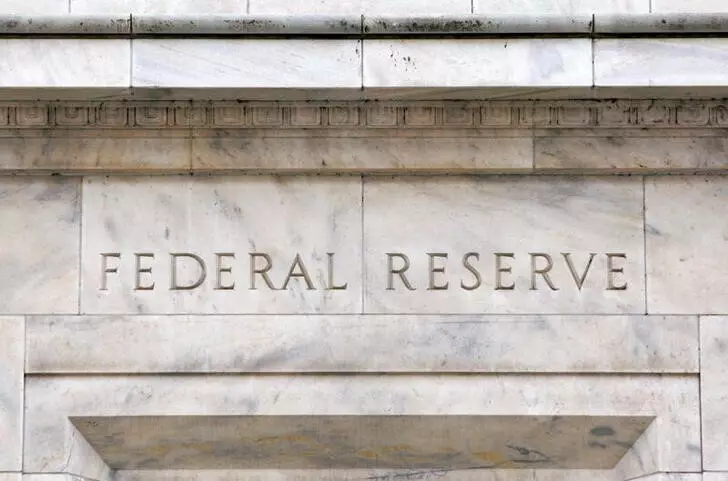The Federal Reserve’s monetary policy remains a focal point for both investors and economists as shifting economic data continues to paint a complex picture of potential rate changes. Recent insights from Deutsche Bank shed light on the intricacies of the Fed’s decision-making process, emphasizing that while current market sentiment predicts a possible pause in rate adjustments, the conditions necessary for such a move are carefully delineated and must be met.
Recent economic data has certainly influenced market beliefs regarding the Federal Reserve’s forthcoming decisions. Following a significant reduction of 50 basis points in September, a growing anticipation has emerged around the prospect of the Fed potentially skipping a meeting in December. However, strategists from Deutsche Bank caution that the road to a pause in rate cuts is fraught with stringent requirements. Their analysis indicates that despite a favorable environment for further reductions, the Fed is likely to implement a modest 25-basis-point cut in the upcoming December meeting, which would maintain their rates within the upper echelons of policy expectations.
The nuances of the economic landscape cannot be overlooked when considering future rate movements. For the Federal Reserve to even contemplate pausing rate reductions, two pivotal conditions are imperative. Most notably, inflation rates would need to show a persistent trend. Specifically, analysts are looking for core Personal Consumption Expenditures (PCE) inflation to stabilize around 0.3%, which would signal ongoing price pressures. Such indicators could significantly complicate the Fed’s decision-making about any future monetary easing.
In addition to inflation trends, the health of the labor market plays a vital role in the Fed’s calculus. Deutsche Bank emphasizes that a decrease in downside risks to employment is necessary. This encompasses essential metrics such as consistent payroll growth, a stable unemployment rate pegged at or below 4.1%, and a recovery in various labor-related metrics like job vacancies and voluntary quits. While the current economic backdrop might hint at improvements, any disruptions—such as those linked to disaster impacts—could further cloud the picture, complicating the Fed’s decisions in December.
With December fast approaching, Deutsche Bank’s strategists appear to lean toward a base case scenario where a 25 basis-point reduction is not only feasible but likely. Yet, much hinges on the data that precedes this critical meeting; factors like the delayed release of November’s Consumer Price Index (CPI) could introduce elements of unpredictability.
As the year 2025 nears, the potential for a more substantial pivot in the Fed’s approach becomes apparent. Seasonal inflation effects may temporarily skew inflation figures upward, prompting a more cautious stance among Fed officials regarding further cuts. The speculative nature of monetary policy becomes heightened when considering the implications of political developments, particularly as the upcoming elections loom over economic forecasts.
Deutsche Bank’s analysis suggests that certain political outcomes could fundamentally alter the Fed’s strategy. A significant Republican electoral sweep, without the dampening effect of tariffs, would likely reinforce a hawkish tone among Fed decision-makers. Alternatively, other scenarios—like a Trump presidency coupled with tariffs—could yield unique economic pressures that influence inflation and overall economic health.
One of the challenges facing the Federal Reserve is the ambiguity surrounding its perceived neutral interest rate—the equilibrium level often referred to as “r-star.” Deutsche Bank posits that while policy implications suggest a nominal neutral rate hover around 3.5%, determining this rate precisely remains elusive. Currently, with the policy rate sitting just 125 basis points above Deutsche Bank’s estimation of the neutral rate, the Fed’s capacity for further reductions rests on precarious ground.
Given the current economic landscape, it is reasonable to expect that the Fed could adopt a more data-driven approach in crafting policy post-December. Should inflation metrics and labor market health support such a strategy, we may witness a notable pause in rate cuts as early as 2025, shifting the focus toward stability and sustainable growth instead of aggressive monetary easing.
While the prospects of pausing rate cuts remain tantalizing, they are intricately woven into the delicate fabric of evolving economic conditions. The interplay between inflation, labor market dynamics, and political landscapes will undoubtedly leave their mark on the Federal Reserve’s trajectory as it navigates through these uncertain times.

